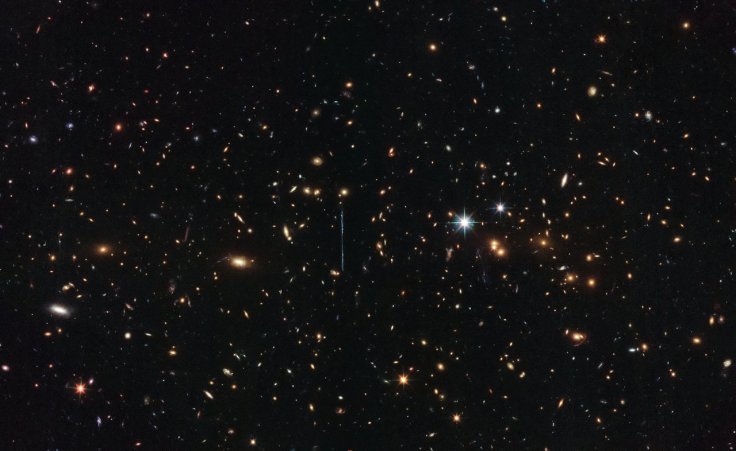
It was long back in 2007 that scientists initially spotted mysterious signals from deep space, and they named it 'Fast Radio Bursts' (FRB). In the latter years, scientists traced many signals from various nooks of the space; some of them were very short, while some radio bursts came continuously from a particular source.
After the detection of such bursts, some experts speculated that these signals could be sent by aliens to proclaim their existence, while other space scientists suggested that these signals could be of natural origin.
And now, adding up to the mysteries, a team using CalTech's Owens Valley Radio Observatory (OVRO), California has detected another non-repeating FRB from a galaxy which is located almost 8 billion light-years away. Interestingly, the new discovery comes just a few days after an Australian team working with the Australian Square Kilometre Array Pathfinder (ASKAP) announced the finding of a repeated burst from a source approximately 4 billion light years away.
In the research report published in the journal Nature, CalTech scientists revealed that this newly detected FRB named FRB 190523 came from a galaxy that is very similar to the Milky Way. However, this galaxy is not similar to the dwarf galaxy that produced the most famous repeated fast radio bursts named FRB 121102.
"This finding tells us that every galaxy, even a run-of-the-mill galaxy like our Milky Way, can generate an FRB. Astronomers have been chasing FRBs for a decade now, and we're finally drawing a bead on them. Now we have a chance of figuring out just what these exotic objects might be," said Vikram Ravi, a researcher at CalTech and the lead author of the study, CNET reports.
Ravi also added that the launch of Deep Synoptic Array telescopes in 2021 will help scientists to spot more fast radio bursts in the future, and thus scientists will be able to unveil the secrets of this cosmic mystery.









